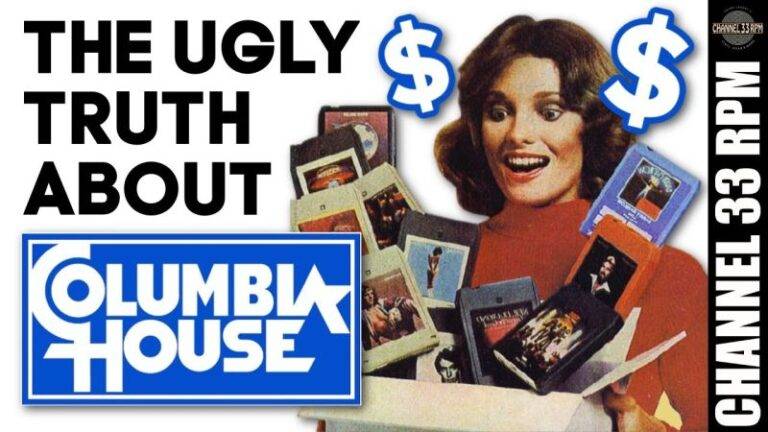When CBS Records formed a new direct-mail division of Columbia—the Columbia Record Club, in 1955—the new subscription club turned the industry upside down.
Columbia began as an experiment in selling music through the mail. To attract attention to the novel program, new members could choose one free monophonic record from a catalogue of jazz, easy-listening, and Broadway show titles.
It was a great model that, by the end of its first year, had amassed 128,000 members.
Just two years after the move, the club was shipping 7 million records a year, and by 1963, accounted for 10 percent of the entire U.S. recorded music industry.
But, as Columbia House scaled up—to millions of members—so did the greed of its leadership team. The laser focus on customer acquisition that helped make Columbia House an early pioneer in subscription selling also contributed to its demise.
Today, the company is among the most instructive examples for those seeking to understand where big subscription businesses fail.
While competition and innovation explain some of the company’s challenges, the root cause of Columbia’s failure was its brutal exploitation of negative option billing, supported by aggressive marketing tactics and a lack of customer service.



